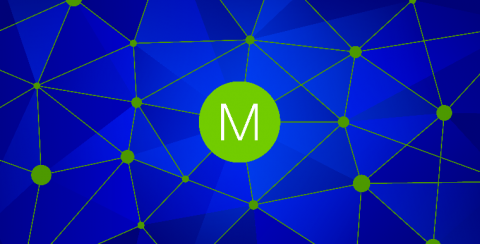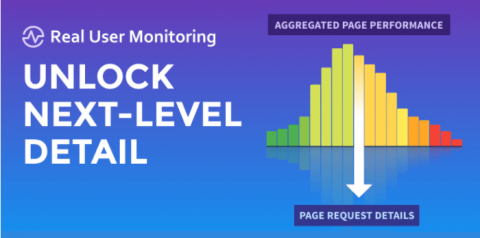Your Last Local IP Address, Giving Context to IT's Remote Worker Data
With millions of employees recently making the jump to remote work, some IT departments are finding themselves on unfamiliar ground, and with newfound stress and pressure. The stakes seem higher now. IT cannot visit an employee’s desk or stop them in the hallway whenever they encounter an issue, they now have to solve problems proactively and remotely. But for some companies, the switch to remote work has been smooth and painless.











